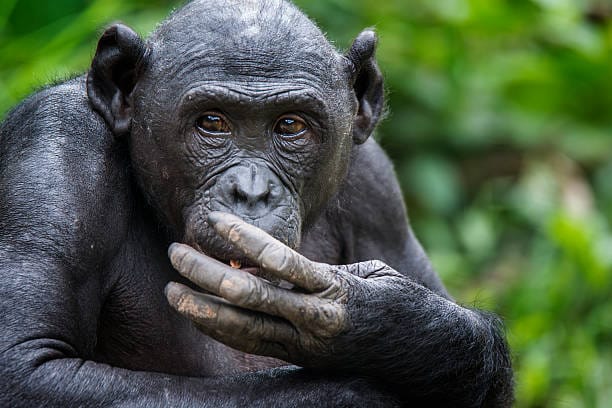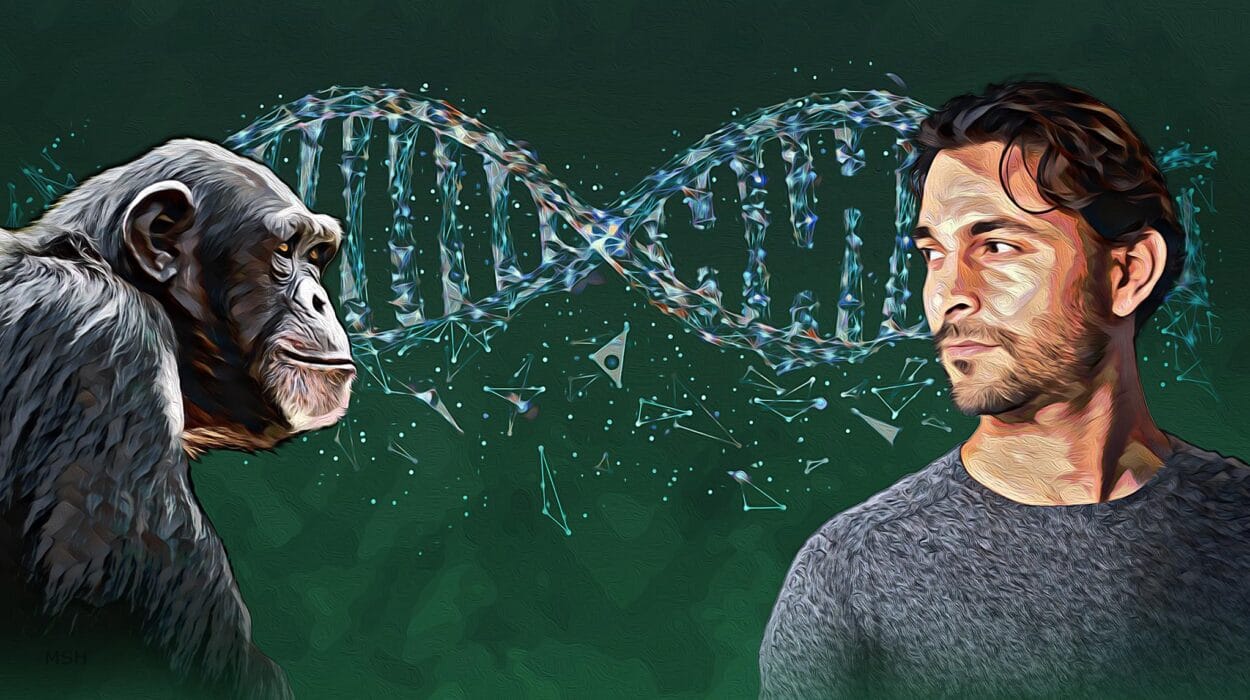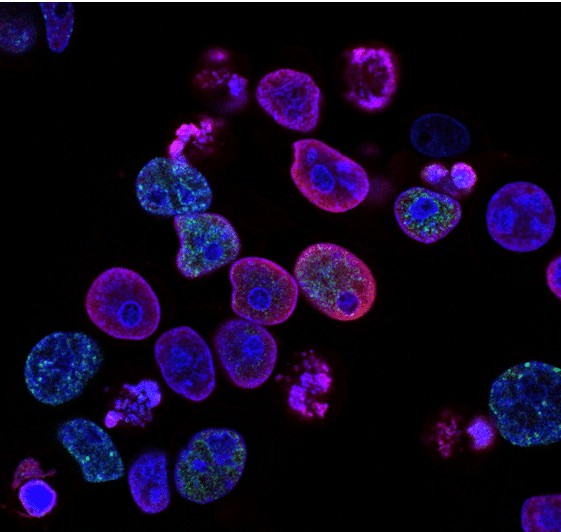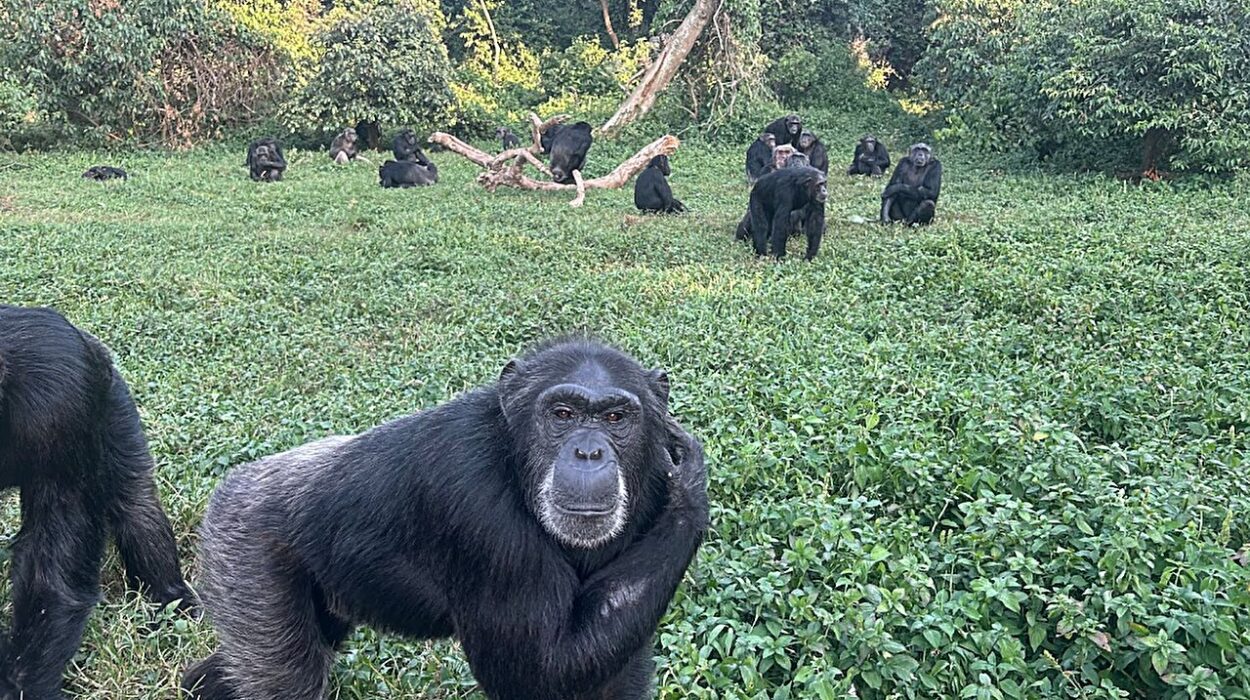In a quiet room filled with barriers, Kanzi the bonobo was ready to play a game. Two of his longtime caregivers hid behind different screens, vanishing from his view. Then, an experimenter held up a photo of one caregiver and asked Kanzi to point to where that person was hiding.
It might sound like a simple children’s game, but what happened next astonished scientists. Kanzi understood. He pointed to the correct barrier again and again, showing that even when his caregivers disappeared from sight, he could keep track of them in his mind.
This was no ordinary game. It was the first controlled experiment to show that an ape can mentally track multiple familiar humans at the same time—an ability once thought to be uniquely human.
Why Tracking Minds Matters
Humans do this mental juggling automatically. If your friend steps into the kitchen while you stay in the living room, you don’t suddenly forget about them. Even if they are far away, your mind keeps a running list of where your friends, family, and colleagues are in the world. This ability—sometimes called “social tracking”—is crucial for building relationships, managing cooperation, and avoiding conflict.
But humans aren’t the only ones with complex social lives. Bonobos and chimpanzees live in large, fluid groups in dense forests. Their companions disappear and reappear throughout the day. To thrive in such a world, it would be immensely useful to mentally keep track of who is where, even when they can’t be seen.
Until now, scientists only had hints that apes might be able to do this. Field studies showed they remember the calls and faces of groupmates, even after years of separation. Chimpanzees could recognize humans they once knew, even if those humans wore masks. But no one had tested whether an ape could simultaneously keep track of multiple individuals hidden from sight.
Kanzi Steps Into the Spotlight
The study, led by Johns Hopkins University’s Social and Cognitive Origins Group, placed Kanzi at the center of a groundbreaking experiment. Kanzi is no ordinary bonobo—he has long been known for his extraordinary abilities with symbols and communication. This time, however, the researchers weren’t testing language. They were testing memory, attention, and social reasoning.
As Kanzi watched, two of his familiar caregivers slipped behind different barriers arranged in a row of three. Then came the test: a photo was shown, and Kanzi was asked to identify where that person was hiding. He performed with remarkable accuracy, making it clear that he wasn’t just guessing. He was tracking.
“Kanzi very quickly understood the task and performed well,” explained lead author Luz Carvajal, a Ph.D. student who studies apes’ knowledge of social relationships.
Voices in the Dark
The scientists then raised the difficulty. What if Kanzi couldn’t see where his caregivers hid? Would he still be able to track them using other cues?
In this version of the experiment, the caregivers hid silently behind barriers, out of sight. Then, from behind their hiding places, they each called out: “Hi Kanzi.”
Kanzi listened. The experimenter held up a photo and asked Kanzi to identify who was where. Once again, Kanzi succeeded—he matched the faces he saw in photos with the voices he heard from behind the barriers.
This was the first time scientists had tested whether bonobos could recognize individuals by voice alone. The results showed that Kanzi not only could, but that he seemed to integrate what he heard and what he saw into one mental picture.
“If he hears them, he might imagine what they look like. If he sees them, he might bring to mind an idea of what they sound like,” said senior author Chris Krupenye, an assistant professor at Johns Hopkins. “We think this is one integrated memory.”
Shared Foundations of Social Intelligence
The implications of these findings ripple far beyond one bonobo. For years, many scientists assumed that the ability to track multiple individuals out of sight was a uniquely human skill, tied to our need to manage sprawling, complex societies. But Kanzi’s performance suggests that apes share this capacity too.
“People think social intelligence is a thing that makes humans unique,” said Krupenye. “But most of us who study apes have a strong intuition that, because the social world is so important for them too, they must, like humans, be keeping track of these critical social partners. They must share with us at least the foundations of our rich social intelligence.”
By showing that bonobos can combine sight, sound, and memory to mentally map the whereabouts of multiple familiar individuals, this research bridges yet another gap between humans and our closest living relatives.
Expanding the Frontier of Ape Cognition
Of course, Kanzi didn’t get everything right. He made mistakes, sometimes confusing locations or misidentifying a voice. But the pattern was clear: his success was far above chance.
For scientists, this opens new questions. How many individuals can bonobos track at once? Can they keep track of four, five, or more? How long can they remember where someone was last seen? Do they update their mental maps in real time, as humans do?
The team plans to push these boundaries in future experiments. Each new discovery brings us closer to understanding how apes think about their companions—and, by extension, how our own social minds evolved.
More Than Science—A Call for Urgency
There is also an urgency to this work beyond curiosity. Bonobos, like chimpanzees, are endangered. Their populations are dwindling due to habitat loss, hunting, and human encroachment. Every study that reveals their intelligence strengthens the moral case for their protection.
“These animals are rich and complex,” said Krupenye. “Even if we just want to understand ourselves better, there’s an urgency to this work and to saving this endangered species.”
A Mirror in the Forest
Kanzi’s game of hide-and-seek was more than entertainment. It was a window into the hidden world of ape cognition. In those moments of pointing to the right barrier, he showed us that bonobos, like humans, carry mental maps of others in their minds.
They know who is near, who is far, who is absent, and who is present. They not only see and hear, but also remember and imagine.
In Kanzi’s eyes, we glimpse ourselves—not because apes are becoming more like humans, but because humans are, at their core, still deeply like apes.
More information: Mental representation of the locations and identities of multiple hidden agents or objects by a bonobo, Proceedings of the Royal Society B: Biological Sciences DOI: 10.1098/rspb.2025.0640





